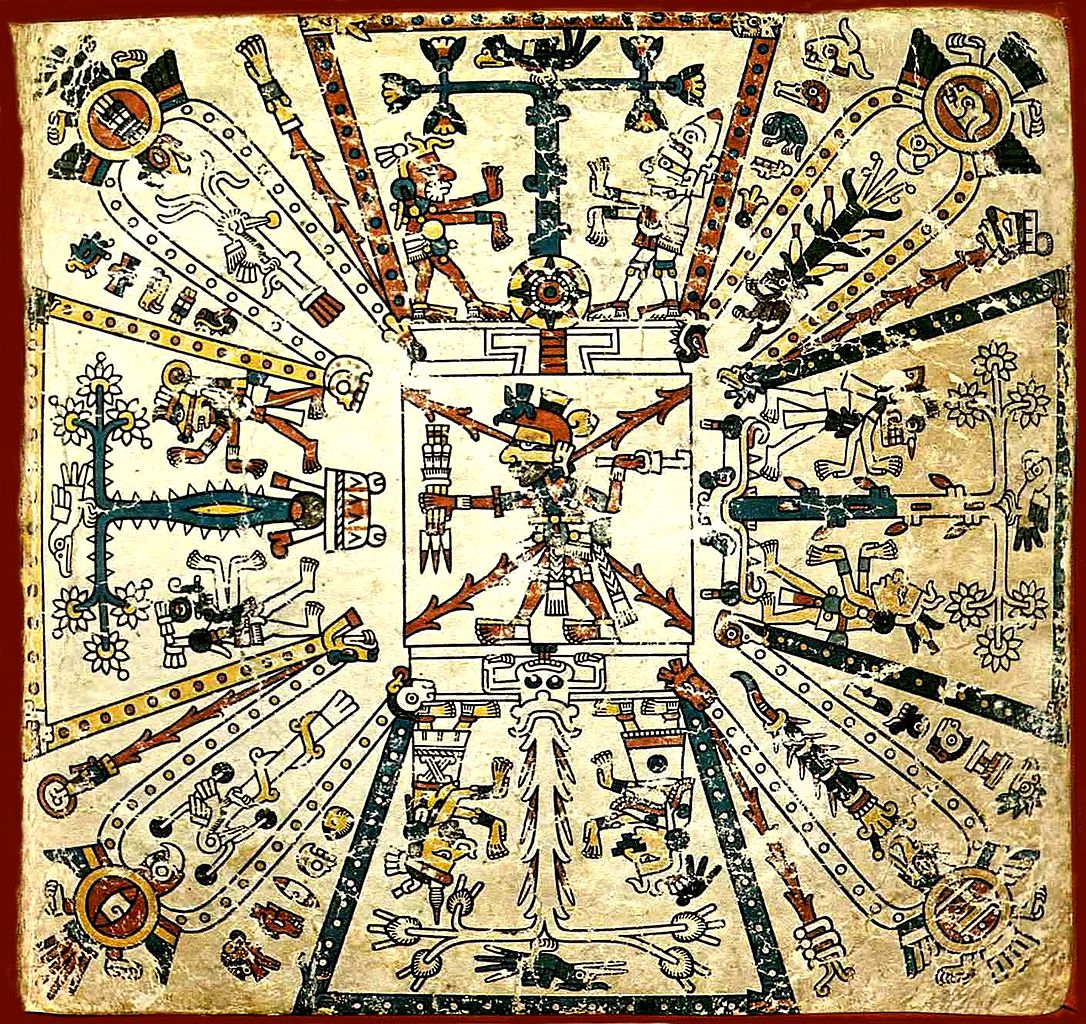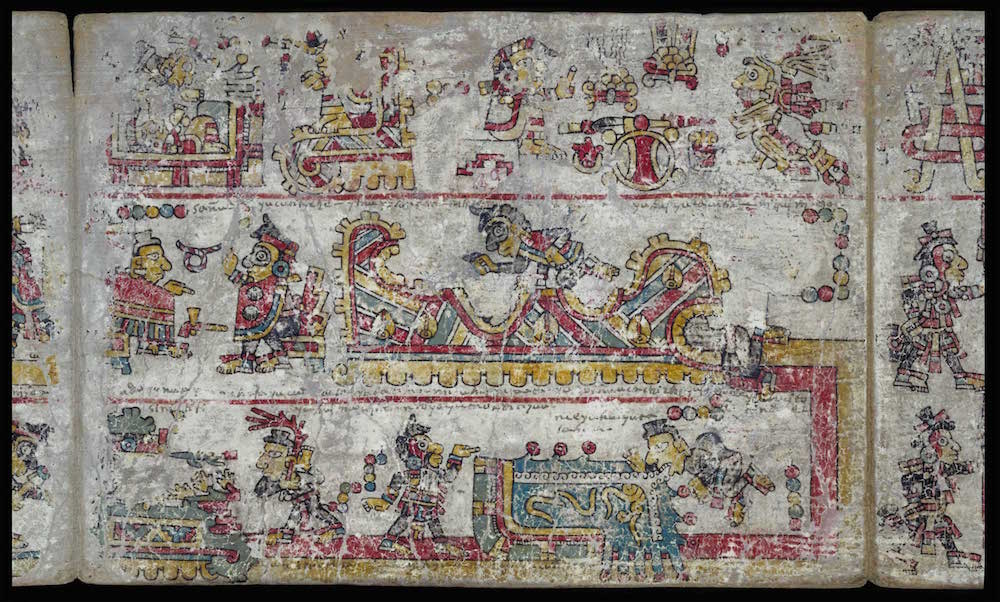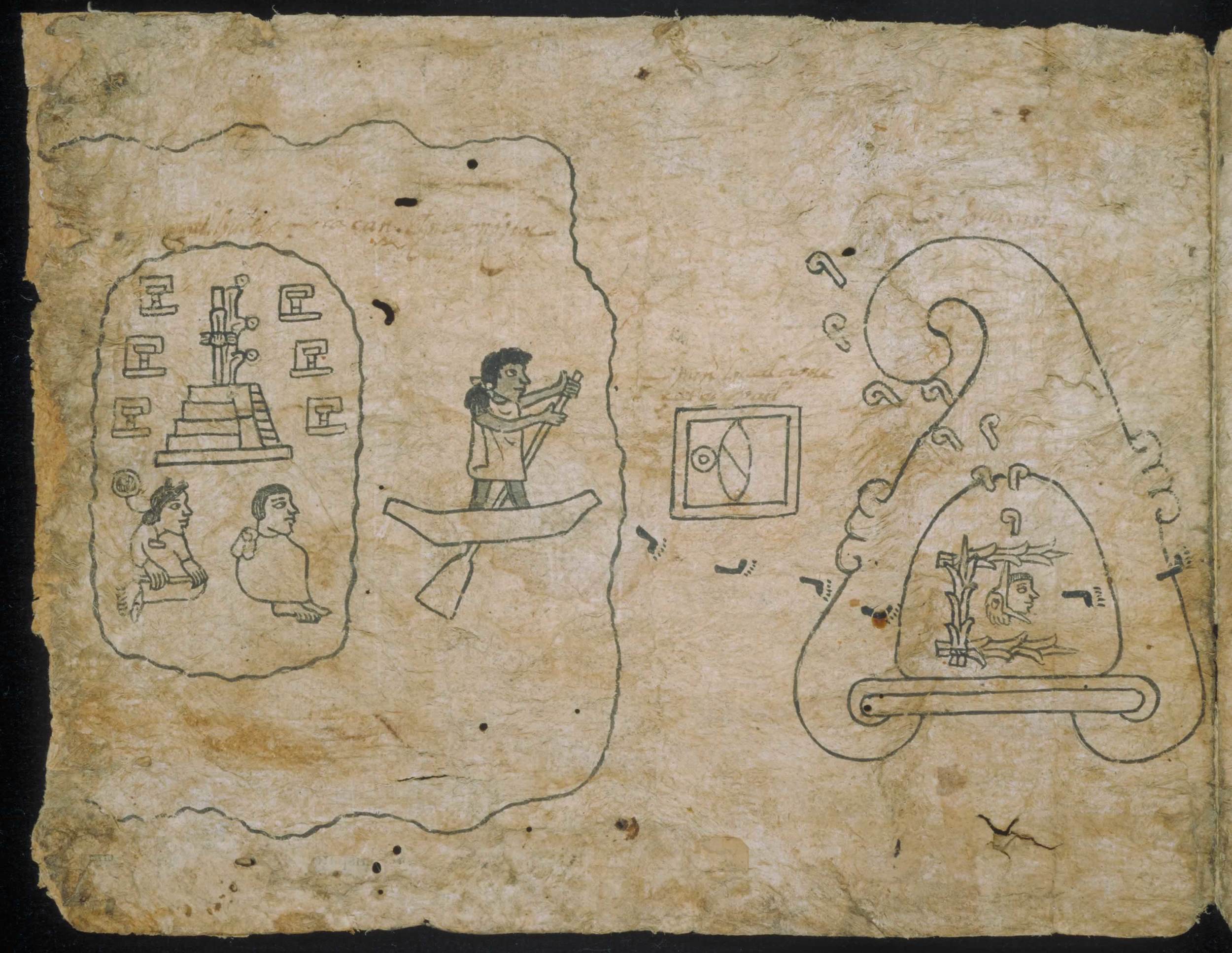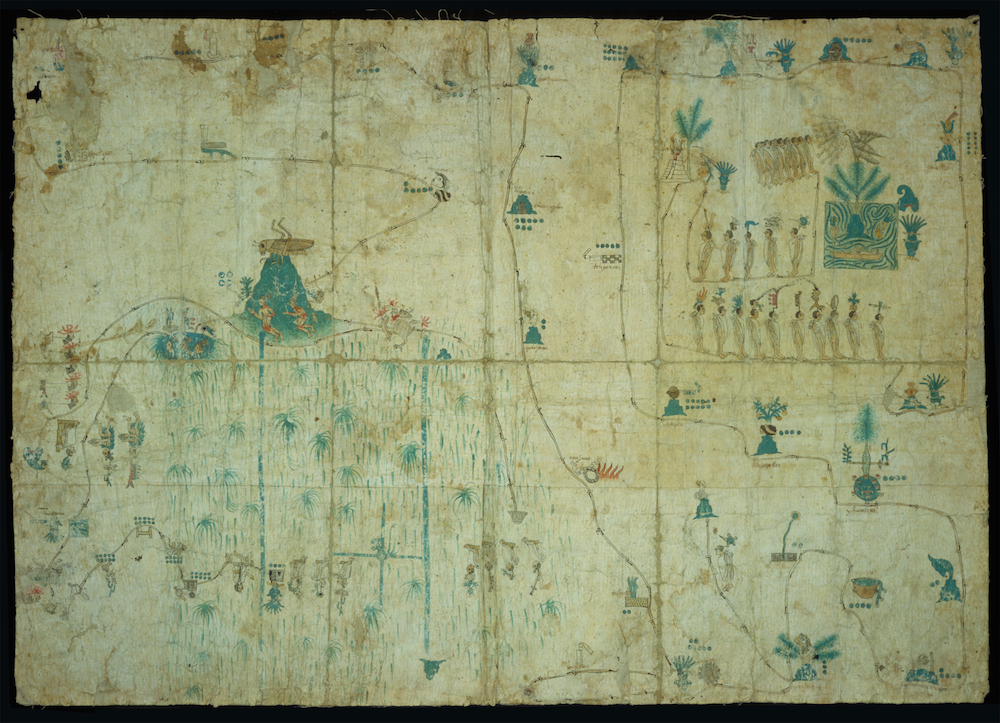



From “Cartilla para la enseñanza…” (approx.1547), an prayerbook containing christian doctrine translated into the Huastec language and published around 1547. Housed in John Carter Brown Library and available at primeroslibros.org
Featured




Fragment from Codex Badiano: representations of plants that combine glyphic, mimetic, and alphabetic elements.
Featured







